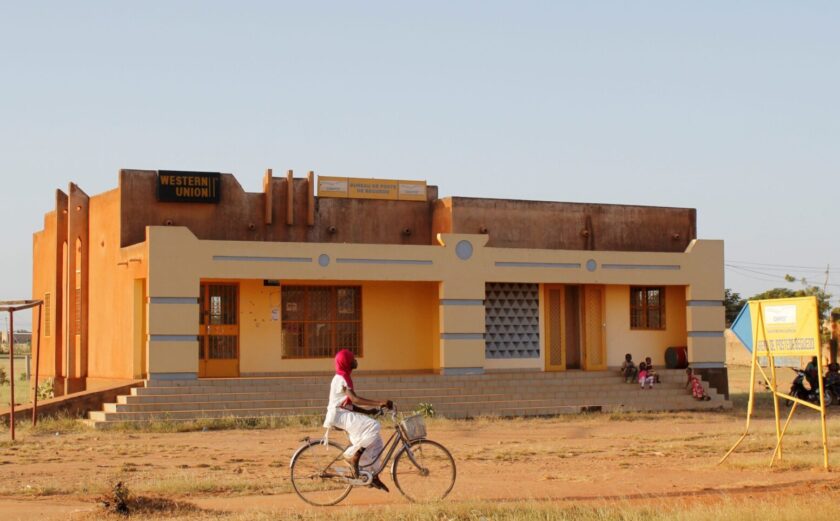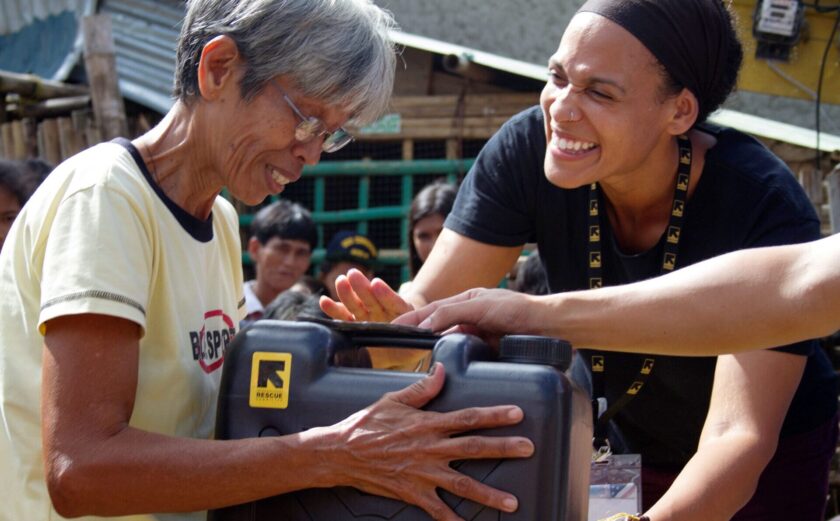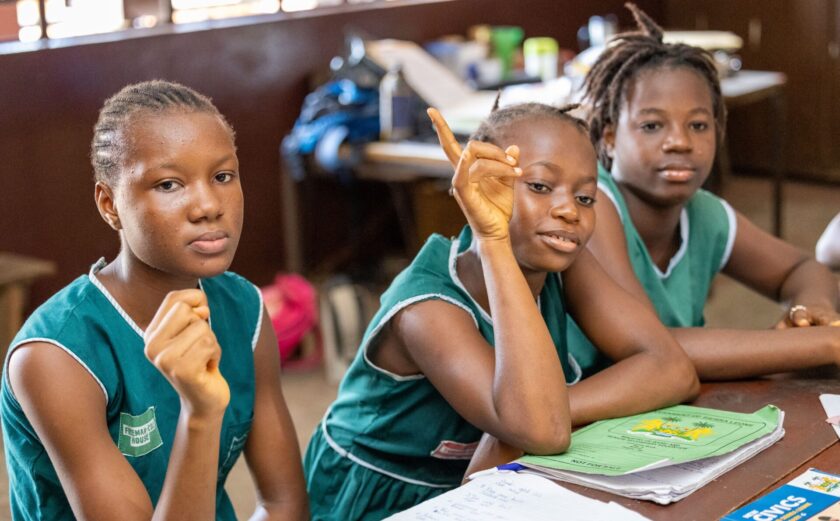
Impossible Tradeoffs: Responding to COVID-19, Adapting to Climate Change, or Repaying Debts?
Working Paper and Initial NGO Recommendations on Sustainable Finance Policy for Current and Future Challenges
The COVID-19 pandemic has exacted a devastating toll on developed and developing economies, and the economic shock of the pandemic has exacerbated the debt crisis for many low- and middle-income countries already struggling to meet spending needs.
At the same time, climate change is acting as a threat multiplier, intensifying poverty and inequality at a global scale. The latest IPCC report shows that the global impacts of climate change on people, species, and ecosystems continue to dramatically increase with every tenth of a degree of additional warming. As the impacts increase, so do the adaptation needs. Developing countries are currently facing the challenge of repaying accumulating debt obligations, responding to the concurrent and long-lasting impacts of COVID-19, and adapting to the effects of human-induced climate change. This requires a new approach to climate financing that recognizes the interdependence of debt repayment, pandemic recovery, climate change adaptation, and a just transition to a low-carbon economy.
InterAction’s newest report, Impossible Tradeoffs: Responding to Covid-19, Adapting to Climate Change, or Repaying Debts?, explores the question of sustainable financing in the face of climate change and COVID-19. Based on several convenings of sustainable finance experts and senior advocates within InterAction Member non-governmental organizations (NGOs), the report unpacks the influence of predatory lending on domestic and foreign policies, how some traditional crisis response mechanisms may threaten long-term, sustainable economic recovery, and the need for sustainable financing that connects climate and debt issues. The report also offers pointed recommendations for key sustainable finance stakeholders—the U.S. government, G-20, international financial institutions, and multilateral climate funds—focused on addressing existing debt and incorporating climate-friendly policies into new debt obligations.
Three key takeaways for all stakeholders emerge from the Impossible Tradeoffs report:
- Employ a systematic and multisectoral approach to large-scale debt and climate issues.
The report warns that many low- and middle-income countries are staring down a “fiscal cliff.” Furthermore, the convergence of continued economic disruptions and potential sovereign debt defaults, coupled with rising inequality and political instability, may portend a new global political and economic crisis. The impact of the war in Ukraine on global food prices could lead to even further destabilization. Comprehensive approaches to these challenges must advocate for enhanced collaboration among all stakeholders, from international financial institutions to the private sector, as well as expand the types of creditors involved in debt restructuring.
- Increase transparency and accountability of lending practices, especially for private creditors.
Accurate information, particularly on contingent liabilities and undisclosed debt, is critical not only for identifying debt sustainability problems but also to attain efficient debt restructuring. However, private creditors—who can play a critical role in mobilizing financial resources at speed and scale—often attach unusual secrecy and predatory conditions to financing. Private creditors are also not bound to the same oversight conditions or reporting requirements of bilateral or multilateral lenders. This allows lenders to effectively condition access to credit on influence over debtors’ domestic and foreign policies. While loans from private creditors, including from the Government of the People’s Republic of China’s PRC policy banks, can allow countries to respond to their citizens’ most urgent needs, these creditors have minimal interest in debt restructuring or debt forgiveness. The G-20 and other multilateral forums should hold China accountable for its own lending practices, while also pushing private creditors to adhere to common lending practices, including the Common Framework.
- Fund climate interventions as part of national strategy planning and debt restructuring.
According to the report, the 40 least developed countries that generate less than 10% of global greenhouse gases bear the brunt of climate impacts. Under the Copenhagen Accord on Climate Change in 2009, developed countries committed to jointly mobilizing $100 billion a year by 2020 to help developing countries address the effects of climate change. So far, climate financing commitments have not been fulfilled and, as of today, the $100 billion goal has not been met. Making matters worse, the amount of climate finance that is currently mobilized is mostly in the form of loans (75%), not via grants or concessional financing. In addition, traditional overseas development assistance (ODA) has not only remained flat, but only a fraction of what is available funds climate-related programs. The extensive amount of climate finance that is needed to address the current needs cannot only come from ODA.
A holistic climate finance strategy—one that truly addresses the needs of the most vulnerable populations—requires diverse sources, collective action, and a comprehensive approach that takes all the multiple priorities into account. International financial institutions should work with countries to allow for debt solutions to be linked to National Adaptation Plans, Nationally Determined Contributions, nature conservation plans, and national development plans, and create a space for debtor countries to set those terms. Particularly for countries facing accumulating debt payments, supporting climate interventions as part of debt restructuring is vital to sustainable economic recovery post-COVID-19.
Impossible Tradeoffs makes the case clear for enhanced collaboration and cross-sectoral investment as developing countries navigate post-pandemic recovery and mounting climate adaptation needs. As the report concludes, “stakeholders have a key window of opportunity to build political will for expanding the set of creditors involved, mechanisms for addressing the climate crisis through debt restructuring, and taking a proactive approach to debt distress.” In the face of intersecting crises, favoring debt repayment over social and environmental spending can be the critical tipping point for communities and ecosystems across the globe.







